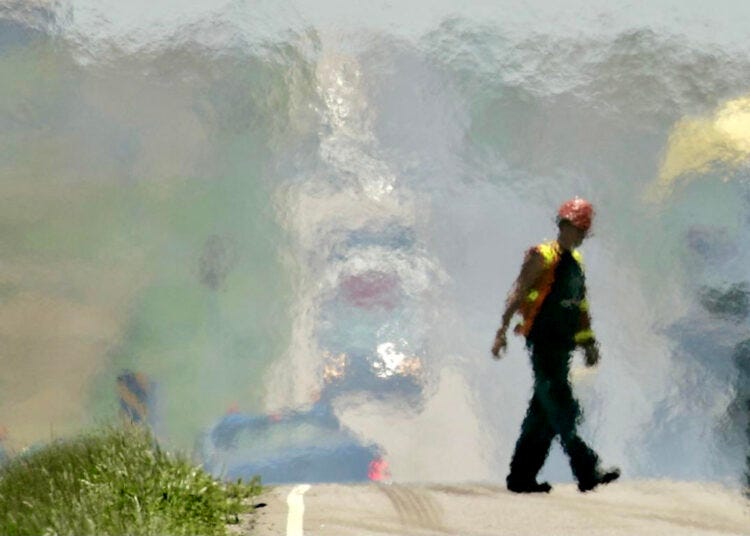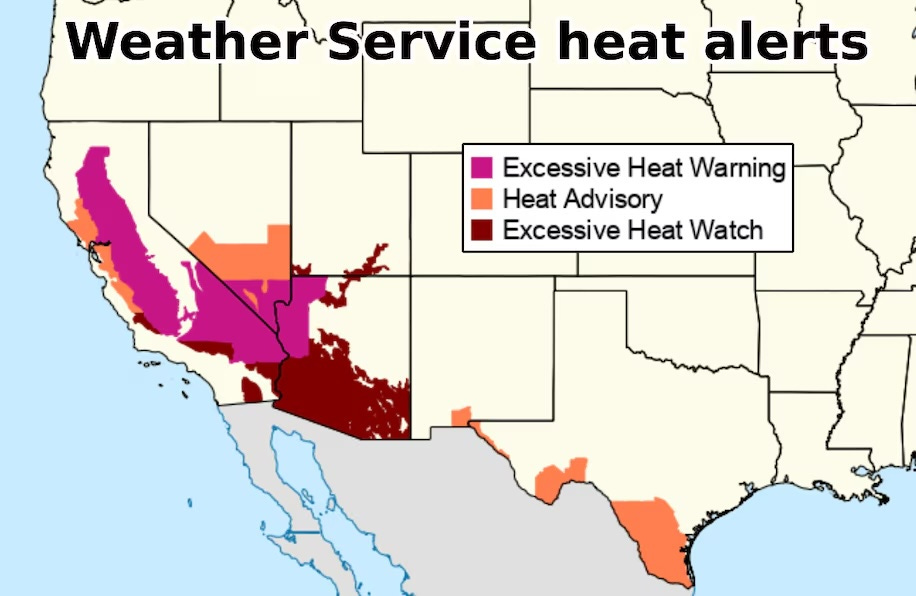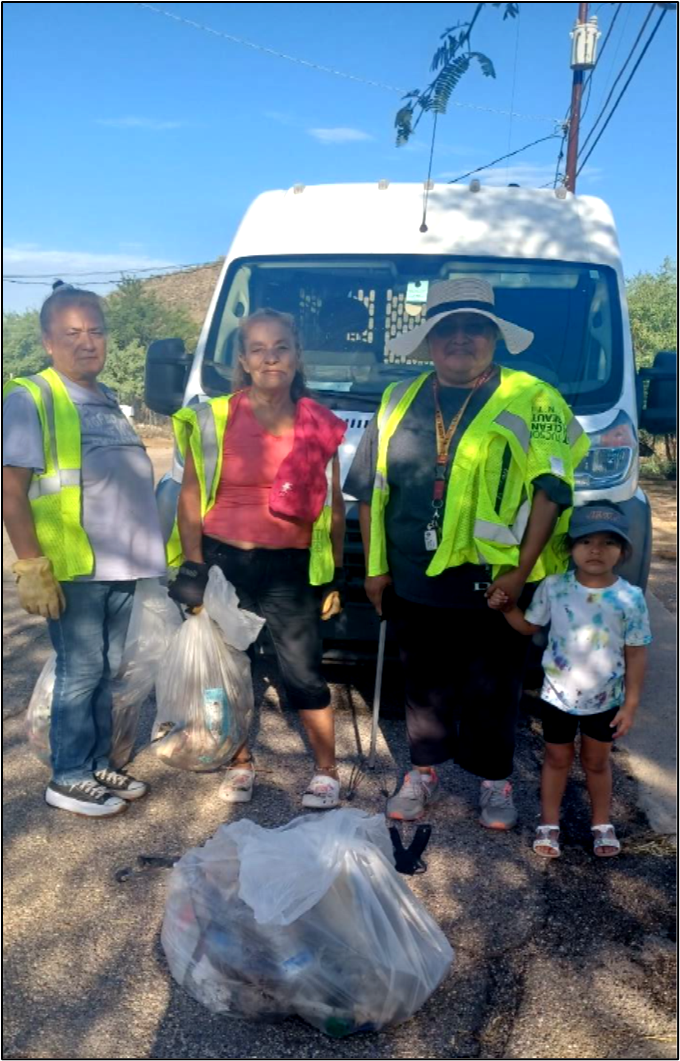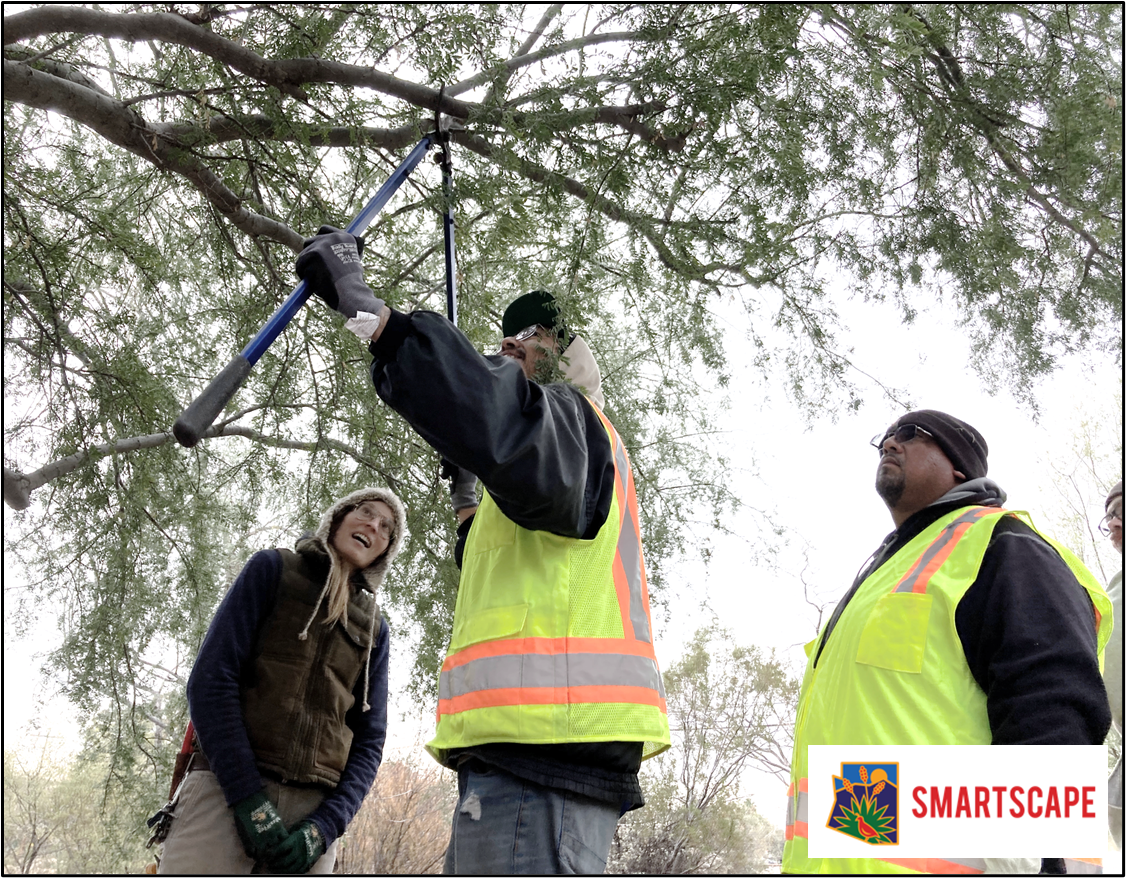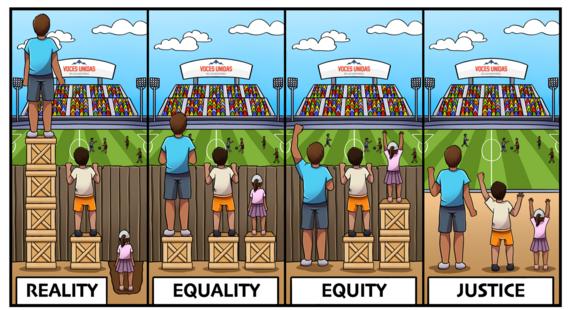“An epidemic of chronic kidney disease of unknown etiology is occurring in laborers who undertake physical work outdoors in hot conditions.”
The three primary stages of traditional heat illnesses — cramps, exhaustion and stroke — are just part of the heat and health equation.
The new higher heat is spawning its own heat-related diseases, notably a fatal kidney disease affecting large numbers of farm workers in Central America. Not caused by conditions normally associated with kidney disease, such as age, obesity or diabetes, this CKDu (an “unknown” chronic kidney disease) has been identified as a dangerous by-product of extreme heat combined with outdoor physical labor. Among farm workers, the mix includes pesticides.
Over the past decade, the death toll from Mesoamerican nephropathy, as it’s known in Central America, increased 83% in Guatemala and it is now “the second leading cause of death in both Nicaragua and El Salvador,” according to the authors of “A New Era of Climate Medicine — Addressing Heat-Triggered Renal Disease.”
In another study published by the National Institutes of Health, researchers found that “a single bout of exercise in the heat increases biomarkers of acute kidney injury.” In other words, all who labor or play hard under the sun for any length of time — or through employment — can be affected, the damage dependent on length of time spent outdoors and precautions taken, including hydration, the right clothing and rest in the shade.
Research into this particular CKDu is still in the early stages, and much of the recent work has been pioneered by a PhD candidate at the University of Arizona at the time, Nicolas Lopez-Galvez. Lopez-Galvez led a study in Sonora, Mexico, that monitored farm workers at a grape-growing operation not far from the Arizona border.
Published in 2021, as hypothesized the study found that heat stress and dehydration were contributing factors for developing kidney disease. Continuing through the harvest season, results showed that while all those studied had normal kidney functioning at the beginning of season, as the grape harvest continued over several months the workers “experienced a significant decline in kidney function.”
By late harvest, one worker had developed kidney disease, two “experienced a kidney injury” and 12 showed signs of kidney distress.
(Participants, average age 28.5, numbered 151 in the beginning, with 56 dropping out before the end of the harvest. Half were indoor workers for the company; the others were farm workers. “No significant change in kidney function was observed in office workers,” according to the study.)
Heat Ordinances, Heat Roadmap on the June 4 Tucson City Council Agenda
Research to date poses the very real question of how we should proceed in efforts to protect ourselves and others from emerging heat-related diseases, which the authors of “A New Era of Climate Medicine” caution “will be unmasked and accelerated by climate change.”
The answer right now, as the heat tracks higher globally and also in Tucson — we’re under our first “excessive heat watch” warning of the season later this week — is to act on what we know and begin to protect the people most affected: outdoor workers of all ilk, postal to field to construction and solar installations.
Forecast for the week of June 3, 2024
Joining Phoenix and the State of Arizona in their efforts to protect outdoor workers, the Tucson City Council at its meeting tomorrow, June 4, will vote on an ordinance to require excessive heat protections for outdoor contract workers and the adoption of the City’s Heat Action Roadmap.
The roadmap contains strategies and actions and represents the procedural extension of the Climate Action and Adaption Plan (CAAP) completed this year. According to Fatima Luna, the City’s chief resilience officer, the roadmap was “inspired by the valuable discussions and ideas” shared by community members at the Southern Arizona Heat Summit this past February.
Discussion of the roadmap is scheduled during the 1 p.m. council study session. Following the final vote on the City’s 2024-2025 budget at the regular 5:30 meeting, the council will hear Ordinance No. 12100 developed by the City’s Climate Action Team.
The ordinance requires that any business doing business with the city must “utilize heat-hazard mitigation plans to prevent heat-related illness and injuries in the workplace” for those who work outdoors.
Additionally, the Climate Action Team developed a Heat Protection Administrative Directive (AD) for City workers with protections similar to the ordinance. ADs do not require mayor and council approval.






























